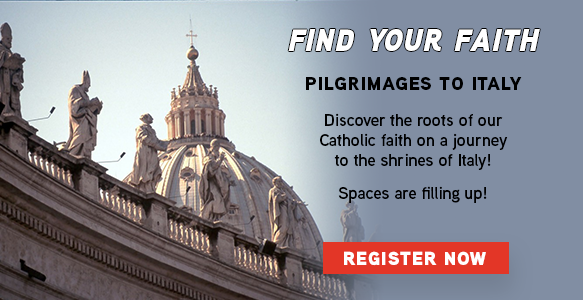
Travel blogging has become quite popular in recent years. A quick internet search for any destination will result in numerous pages where people have recorded their activities, costs, insights, and recommendations. However, it isn’t a completely novel activity, but merely a modern adaptation of a centuries-old pastime.
Travelers throughout the ages have preserved records of their adventures, and some of them can still be read today. The Codex Calixtino is one of the most popular ancient manuscripts detailing the route and accommodations along the French Way of the Camino de Santiago. Dating from the 12th century, it provides a detailed look at the life of a pilgrim on their way to Santiago. Many of the sites can still be seen by pilgrims today.
There is another, even older, manuscript detailing a different “French way” that has been gaining in popularity over the past few years. The detailed notes taken by Archbishop Sigeric along the Via Francigena, or “the road that originates from France,” denote a pilgrim path of approximately 1200 miles between Canterbury and Rome, crossing parts of England, France, Switzerland, and Italy.
In the year 990, when Sigeric was appointed Archbishop of Canterbury, he traveled to Rome to receive the pallium, an official garment worn by metropolitan archbishops (to learn more about the pallium, please click here). He detailed his return journey, noting the 80 places where he and his entourage stayed.
Even before Sigeric’s time, the Via Francigena formed part of a major trade route from ports in the East bringing silk and spices to trade for northern European goods. These traders crossed the Alps at the St. Bernard Pass, which has been used as early as the Bronze Age, and perhaps most famously by Napoleon Bonaparte in more recent centuries. Nearby, Augustinian monks founded a monastery, which included a shelter to serve the passing pilgrims, and bred the famous Saint Bernard dogs. It is just south of this pass where the Italian section of the Via Francigena begins, consisting of nearly half of the entire length of the journey.
The 45 stages from the St. Bernard Pass to Rome pass through the regions of Valle d’Aosta, Piedmont, Lombardy, Emilia Romagna, Tuscany, and Lazio. Pilgrims can venerate the resting place of St. Augustine in Pavia, see the birthplace of the composer Puccini in Lucca, stroll the medieval streets of St. Catherine’s hometown of Siena, and visit the site of the Eucharistic Miracle of Bolsena in the Basilica of Santa Cristina before arriving in Rome.
A credential, or pilgrim’s passport is needed along the way to qualify for certain pilgrim benefits – like pilgrim-only accommodation or discounts on other forms of lodging and food. There is plenty of infrastructure along the Via Francigena, but it often takes some planning as it is less traveled than other routes such as the Camino de Santiago in Spain and some accommodations are not open year-round. However, this is often seen as a benefit of this particular pilgrimage route, as it offers more time for solitude and reflection.
Along the way, there are various options between some cities and towns, and pilgrims can also take detours to such cities as Florence, Orvieto, and Assisi as they make their way south. This is similar to medieval times, as early pilgrims walked from point to point on whatever roads were available and convenient for those times – even sometimes continuing beyond Rome to the far south of Italy and sailing across the Mediterranean to Israel, for a further pilgrimage to the Holy Land.
There is a completion certificate available to pilgrims who walk a prescribed distance to Rome and collect stamps along the way. Known as the Testimonium, it can be earned by walking the last 100kms or biking the last 200 kms. The name “Testimonium” translates to “witness” and serves as the witness that a pilgrim has traveled “ad limina Petri” – to the threshold of St. Peter. This again parallels the journey of Archbishop Sigeric and all bishops to this day, as they must complete their own “ad limina” visit to the Pope once every 5 years.
The average person isn’t required to visit Rome every few years, and most travelers use modern conveniences such as planes and trains to arrive at destinations faster. However, there is a benefit to retracing the steps of those who have gone before – both literally and figuratively. Drawing on the resources of Archbishop Sigeric to walk through the hometowns of numerous saints connects today’s pilgrims with the richness and depth of the Catholic faith and its long-standing tradition of pilgrimage.




